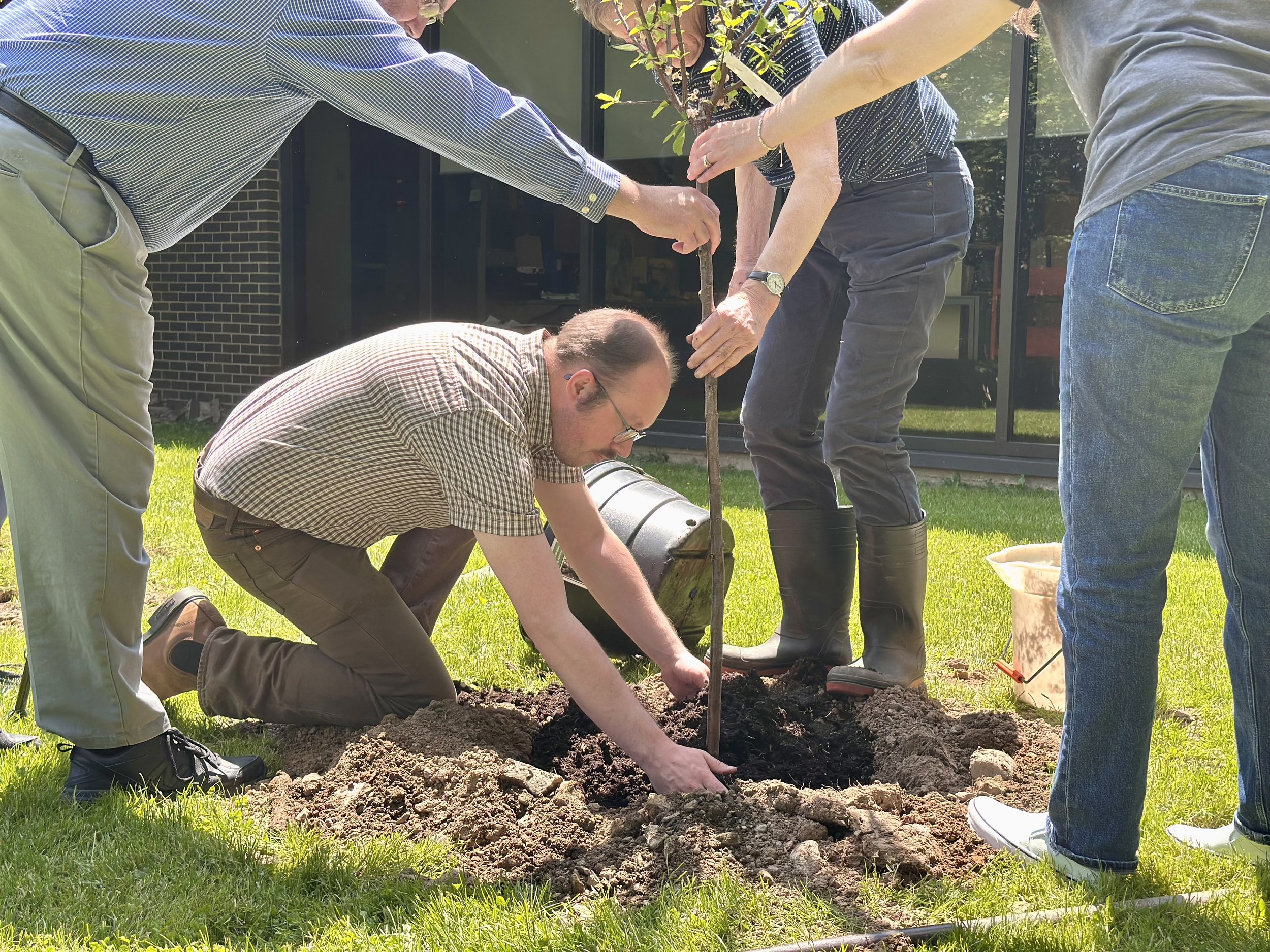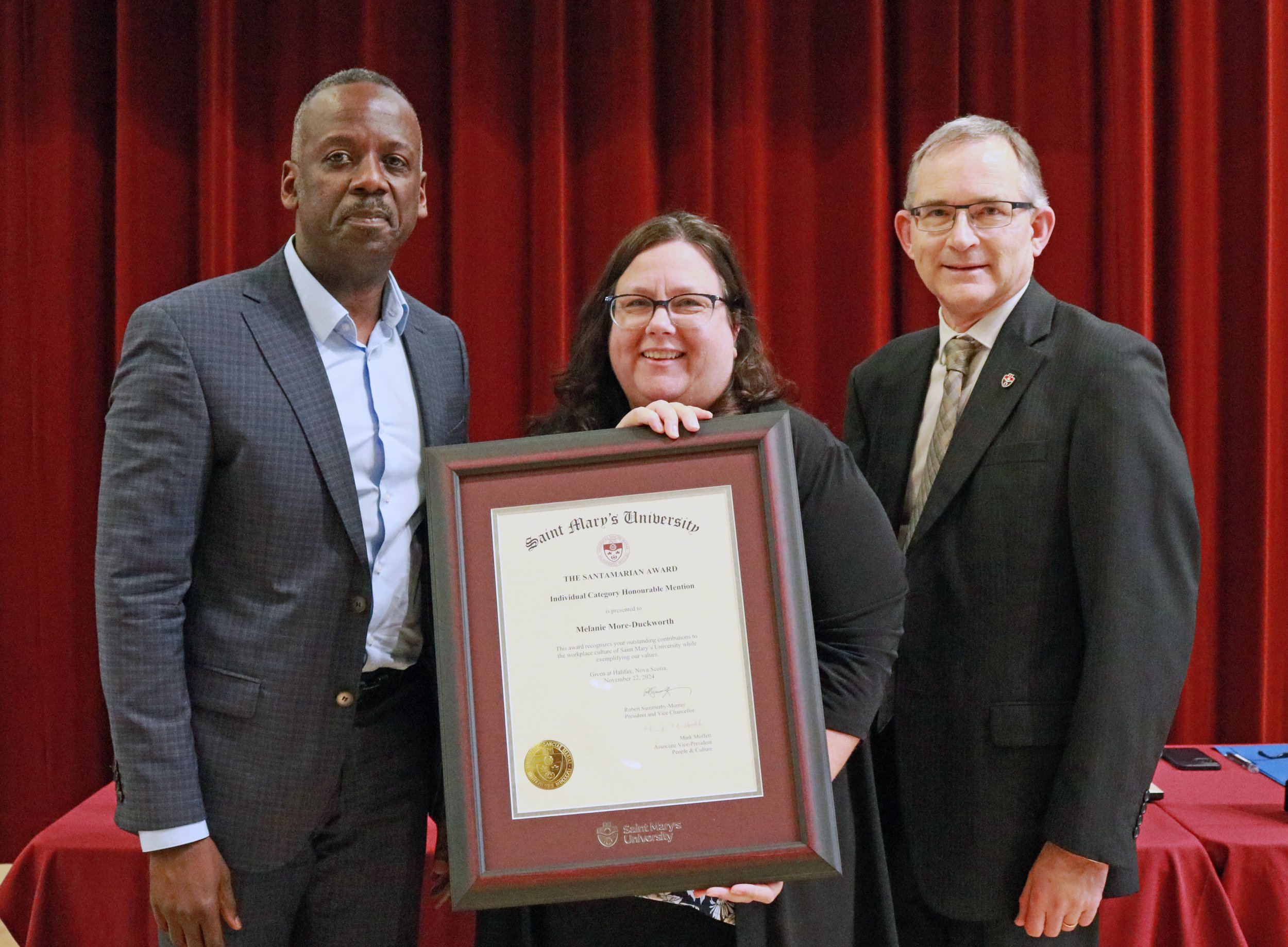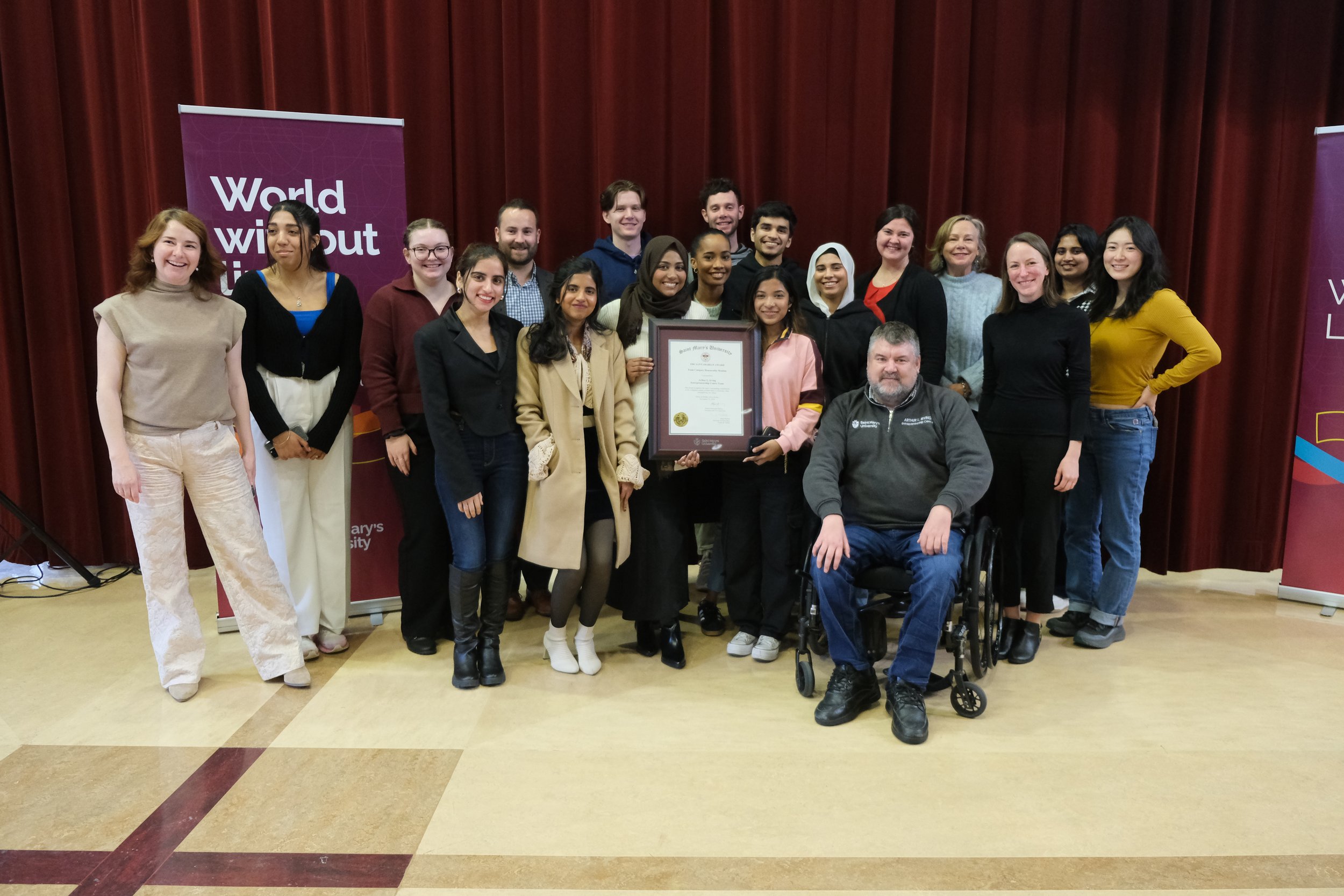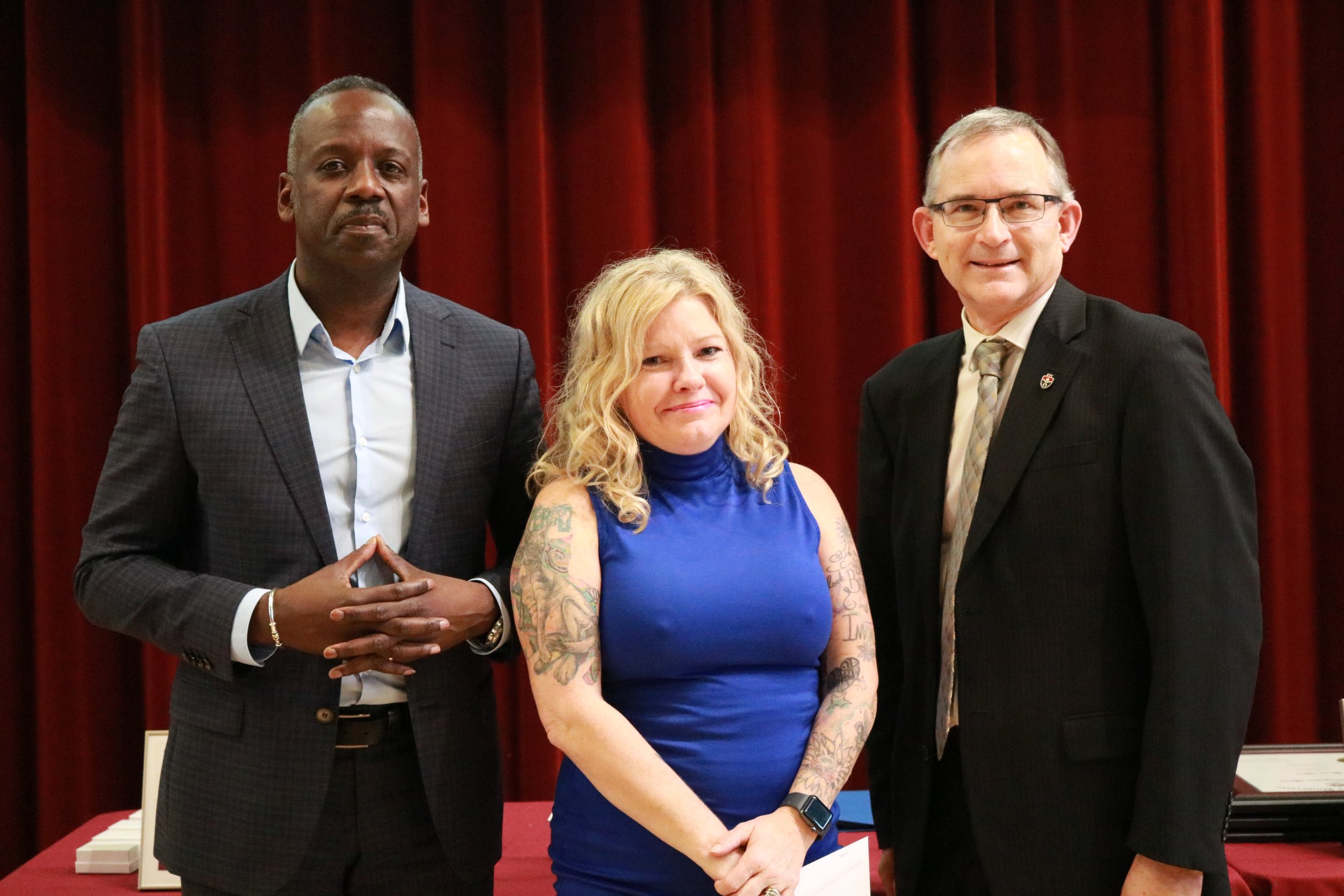Susan MacDonald
Saint Mary’s University is delighted to announce the appointment of Susan MacDonald to the position of Vice-President, Finance and Administration, following an extensive search.
MacDonald brings more than 25 years of progressive leadership experience across global, complex organizations, with deep expertise in financial management, strategic planning, operations, and governance. She will provide strategic leadership and direction in this critical role, reporting directly to the President and Vice-Chancellor.
Susan MacDonald is a familiar and trusted leader within the Saint Mary's community. She has previously served the university as a financial consulting partner and Interim Vice-President, playing a crucial role in guiding the institution through a period of financial uncertainty to help restore stability, strategic clarity, and confidence, as well as demonstrating exceptional leadership in overseeing key portfolios. Her appointment to the permanent role ensures continuity and strategic direction for the university's financial future.
Prior to joining Saint Mary’s, MacDonald held senior executive roles in Canada and internationally. Her experience includes key positions with organizations such as PayTic Inc., Fiera Capital Corp, Pepper Financial Services Group, Bell Canada, and PricewaterhouseCoopers across Australia, the Netherlands, and Canada.
"Susan MacDonald's extensive experience and unwavering commitment to the university will be invaluable as she steps into this permanent role. Her track record of driving operational effectiveness and financial stability aligns perfectly with Saint Mary's commitment to providing an exceptional educational experience while maintaining fiscal responsibility," said Dr. Michael Khan, President and Vice-Chancellor.




























































